$ecure&M3m0raB!3_P^$$W0RD$
It’s that time that we all dread — time to change your password. Just like that, an otherwise perfectly good day becomes sour. Sure we all understand the need for a password, but most of us would never change our password if it wasn’t required. That’s because creating a new password and remembering it for the next 90-120 days feels like such a chore. The good new is, it doesn’t have to be.
A good password is both secure and easy to remember. I would like to share with you some tips on first keeping your password secure – after all, the whole purpose of a password would be discounted if the password itself is not secure – and also tips for creating a password that is easy to remember! Are you ready?
KEEP YOUR PASSWORD SECURE
Passwords should be unique for each of your accounts
Use a different password for each of your important accounts, like your email and online banking accounts. If someone figures out your password for one account, that person could potentially gain access to your email, address, and even your money. Using the same password for everything is very risky.
Use a mix of letters, numbers, and symbols
Using numbers, symbols and mix of upper and lower case letters in your password makes it harder for someone to guess your password. For example, an eight-character password with numbers, symbols and mixed-case letters is harder to guess because it has 30,000 times as many possible combinations than an eight-character password with only lower case letters.
Don’t use personal information, common words, or common patterns
Create a unique password that’s unrelated to your personal information and uses a combination of letters, numbers, and symbols. For example, you can select a random word or phrase and insert letters and numbers into the beginning, middle, and end to make it extra difficult to guess (such as “sPo0kyh@untedH0u$e”). Don’t use simple words or phrases like “password” or “letmein,” keyboard patterns such as “qwerty” or “qazwsx,” or sequential patterns such as “abcd1234” which make your password easier to guess.
Make sure the password remains confidential
Don’t leave notes with your passwords to various sites on your computer or desk. People who walk by can easily steal this information and use it to compromise your account. If you decide to save your passwords in a file on your computer, create a unique name for the file so people don’t know what’s inside. Avoid giving the file an obvious name, such as “my passwords.” If you have a difficult time remembering multiple passwords, a trusted password manager may be a good solution. Spend some time checking out the reviews and reputations of these services. Mac and Windows operating systems have built in password managers, Keychain Access Utility and Credentials Manager, respectively.
MAKE YOUR PASSWORD EASY TO REMEMBER
Use a sentence
A long, hard to crack password, keeps your password secure. Using a sentence makes it easy to remember. Once you have your easy-to-remember sentence, transition it into a valid password.
For example, you can use the first letter of each word to create a strong password: “At the end of the yellow brick road, I found my calling.” can become “ateotybr,Ifmc.” The natural punctuation in this example allows for a mix of letters and special characters. You can also substitute some letters for numbers if the password requirements call for numbers. If you substitute 3 for e and 0 for o, it becomes: “at30tybr,Ifmc.”
Substituting special characters and numbers for letters allows you to use shorter sentences or phrases as well. “Go New York Giants!” can be represented by “G0NYGi@nts!”
Incorporate an emoji or other familiar symbols
You can surround a memorable word or phrase with symbols, special characters, and use numbers for some letter substitutions (Remember, to make the password secure, stay away from using common dictionary words). This generation is in love with emojis. If that applies to you, use it to your advantage.
In the case of the following password, the symmetry and familiar emoji make it easy to remember: o_O::m0m::O_o
“I love five dollar subs!” can be represented by: “I<3$5s*bs!” In this example, “love” is replaced by the emoji heart symbol, <3, and the u in subs is replaced by *.
Remember facts and passwords at the same time: “E=mc^2:Ein$tein”
“Mike and Jenny forever” could be made into “M!ke+J3nny4evR” – you get the picture.
PASSWORDS AT COFC
You may have noticed that all the passwords listed in this article are invalid for use here at College of Charleston. It is purposely written this way so that you have the opportunity to create your own secure password. The concepts here still apply, but your password must meet the following criteria:
- The password length must be 8 or greater.
|
- The password length must be 12 or less.
|
- The password must contain a letter.
|
- The password must contain a digit.
|
- The password must contain at least one of these special characters: ~^*_+?-.
|
- The password must not contain spaces or any of these special characters: :=\&$”#()’`/;<>,[]{}@
|
Once you have created a password, you will be required to change it 3-4 months later. There is a password reset reminder located on the Home and My Accounts tabs inside MyCharleston that will let you know the specific date you will be required to change it. Though you will not be able to repeat the same password, you can make a minor change that will still be valid. Simply changing a character or number will suffice to make the new password unique.






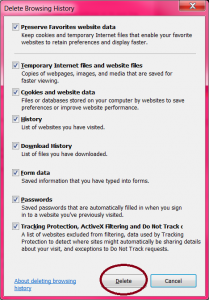












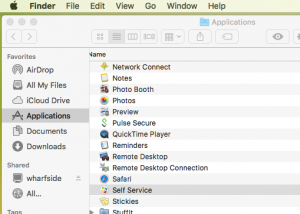
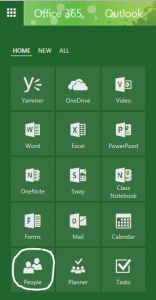



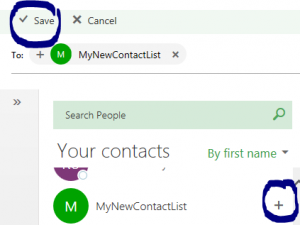


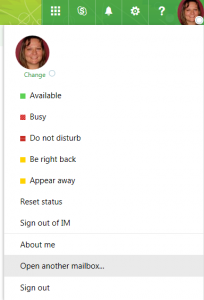
Wireless Changes
The College of Charleston wireless guest network is being redesigned! The new design will allow our guests to receive longer expiration timeouts and better bandwidth than before.
With these changes, cofc-guest will require one of the following to gain access:
Keep in mind, the guest network is for use by College visitors only. Please remember that campus community members (faculty, staff, students) should NOT be using cofc-guest, as is stated in our College Policy and Procedures.
Faculty, staff, and students may connect to wireless using Eduroam. Eduroam is a global network of Wi-Fi hotspots that enables members of the College community to access secure wireless networks at thousands of universities around the U.S. and the world, using only the CofC login credentials.
Click here to read more about Eduroam.
Click here for help with connecting to Eduroam.
Click here to read more about wireless access on campus.